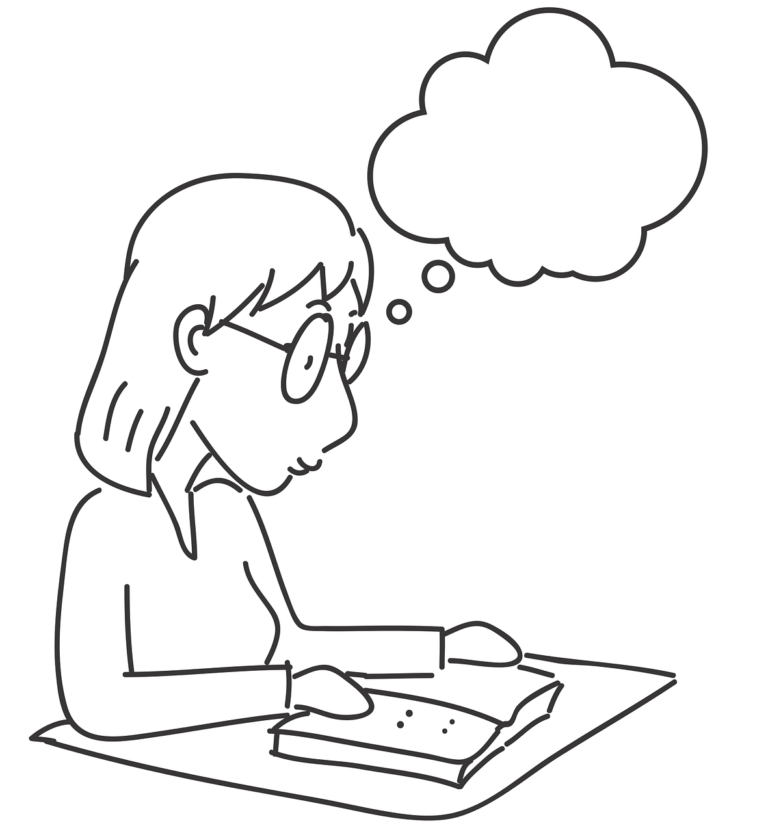Worries and anxieties are normal and familiar to all of us. They are necessary to our survival as they prepare us for coping with stress and danger. When we perceive danger, changes take place in our body, in how we think and also in how we behave. These changes are triggered by the release of the hormone adrenalin and are crucial as they prime us for action.
Problems arise when the stress response becomes chronic, or excessive and symptoms of long-term anxiety include the following:
Muscular discomfort headaches difficulty swallowing chest pains stomach cramps blurred vision ringing ears nausea dizziness shortness of breath.
So what causes chronic anxiety?
The actual trigger for the stress response might be real or imagined, for example, a person with a social phobia may feel just as panicky at the thought of having to walk into a big party as actually walking into a big party. Whether the trigger is a real or imagined threat, the key to persistent anxiety is you and the cycle that you maintain. This usually takes three forms,
1. Bodily symptom cycles: worrying about the physical symptoms of anxiety so much that this worry re-triggers the stress response and the physical symptoms.
2. Biased thinking cycles: overestimating the threat of danger and underestimating your coping resources. Common thinking biases include; black and white thinking, catastrophising; exaggerating, ignoring the positive. Biased thinking can further increase distress and anxiety, which in turn enhances thinking distortions even more!
3. Behavioural response cycles: avoidance is a common response to anxiety, it is natural to want to escape to somewhere safe and comforting. The problem with this is that avoidance keeps the problem going as the you will never get to learn that you can cope.
Which of these cycles best describes how you keep your anxiety going? Once you have identified which cycle you tend to maintain you can begin to plan to break the cycle.
When clients come to see me at my practice in Aldbury, Hertfordshire. I have a range of techniques in my toolbox that are useful in breaking the anxiety cycle the person is maintaining. An example of techniques include the following:
1. Bodily symptom cycle: controlled breathing, relaxation training, expanding awareness techniques, hypnosis, psycho-education, introducing exercise as a coping strategy.
2. Biased thinking: belief change process, thought challenging, distraction, teaching use of clean language, communication model, sub-modality work, hypnosis.
3. Problem Behaviour: graded exposure, goal setting, swish process, fast phobia cure, problem-solving strategies.
I also work with clients to develop coping strategies, during NLP and hypnotherapy Herts, so that can be used in the longer term. If you are experiencing anxiety that is impacting on your functioning and well-being it may be useful to see a cognitive therapist. Therapies that focus of changing negative patterns of thought are now considered key methods in overcoming anxiety, phobias and depression.






